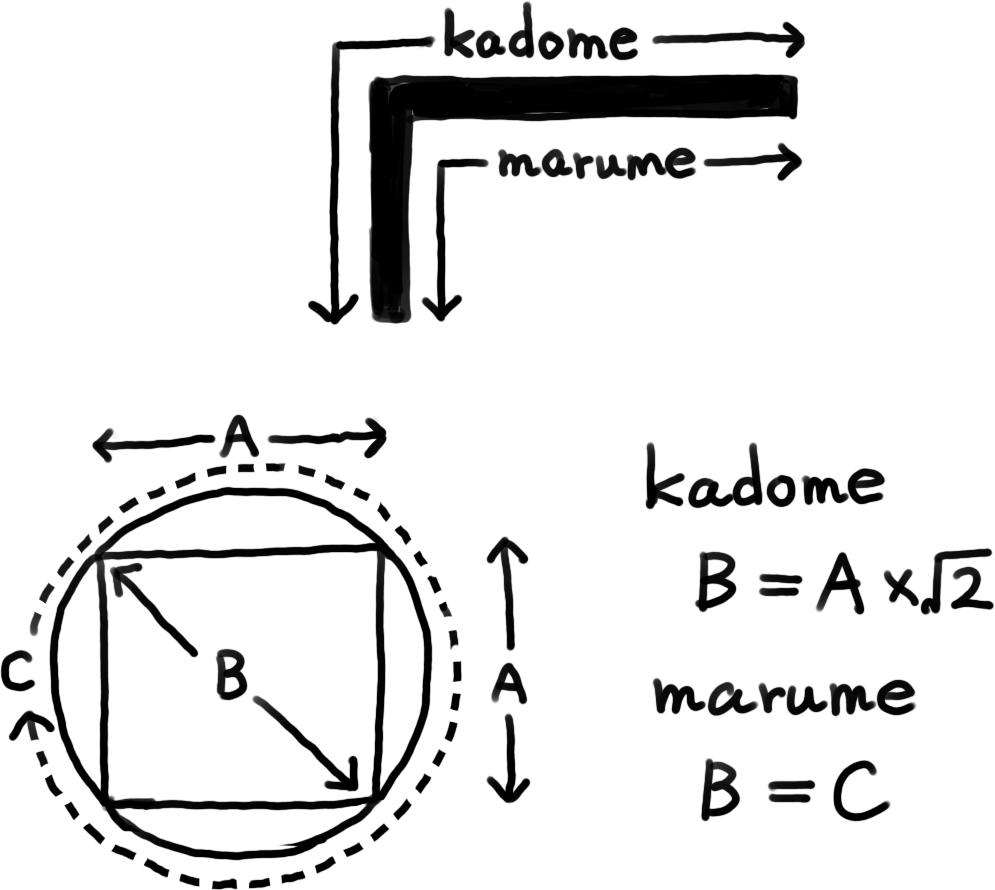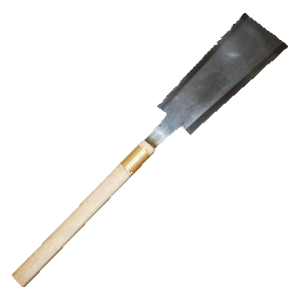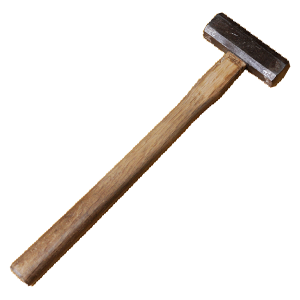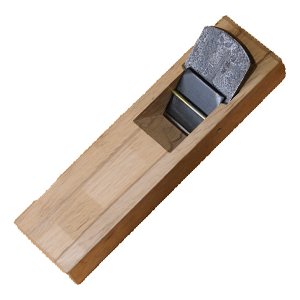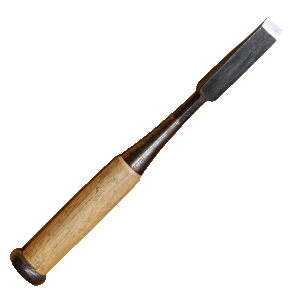BASICS OF LAYOUT
what's japanese square (sashigane)?
It is an L-shaped tool used to draw layouts, measure lengths, and calculate angles. Traditional Japanese carpenters used squares for practically everything related to layouts and calculations when they had to build houses and complex buildings such as temples.


the skill of a Japanese squers, kiku-jutsu.
The knowledge of squares evolved to a special skill called “kiku-jutsu,” and its complexity makes it one of the hardest, but most important, skills used in Japanese architecture.
In Japan there is even an old saying expressing the sorrow of a carpenter struggling to master a square—“Like a sparrow crying on the corner of the eaves, so does the carpenter cry over the corners”.
But although a Japanese square is designed to meet the most rigid demands of professional carpenters, its practicality can be enjoyed regardless of your woodworking style. It is definitely worth your time to understand at least the basics of a Japanese square.
Kadome and Marume
A Japanese square has measurements on both front and back. When the long blade is standing vertical and the short one is facing right, you are looking at the front.
There are many different markings on a square, depending on the measuring system you are using, but all Japanese squares have a standard scale on the front and one based on the square root of 2, called “kadome,” on the back. There is also a circle circumference scale called “marume” on the back.
